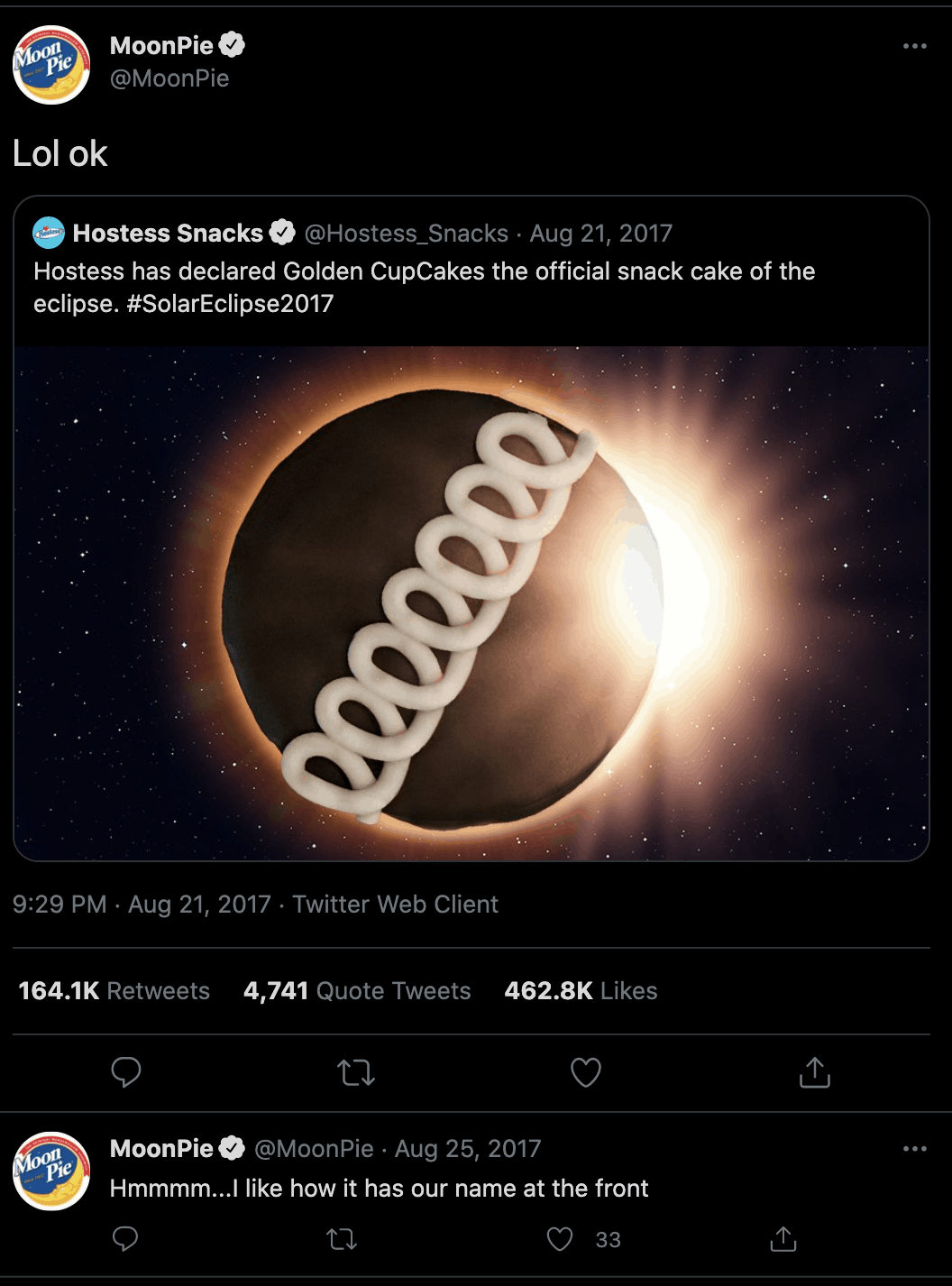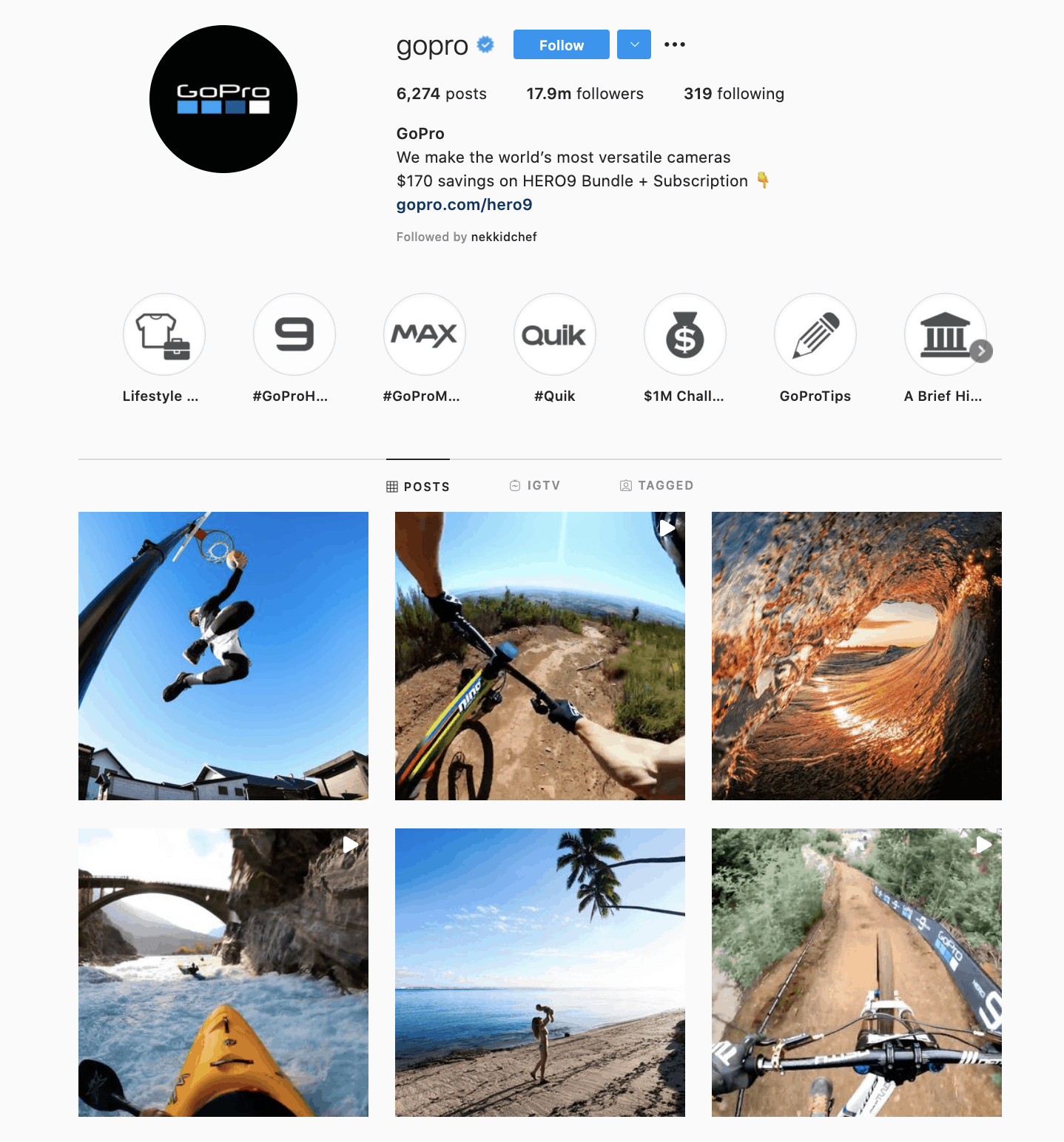Social media can be a goldmine for your business but only if you know how to use it. That’s why you’ll need to create a successful social media content strategy.
Today, there are three million advertisers on Facebook, while over 70% of businesses in the US have an Instagram account. It’s cut-throat and competitive — you’ll need a solid strategy to help you succeed.
It’s never enough to exist on a platform and post content; the only way to stand out is by outlining your goals, creating content to help you achieve them, and publishing these on the correct platforms.
[playht_player width=”100%” height=”175″ voice=”Mark”]
While there’s no sure-fire guide to help you come up with a successful strategy, there are some steps you can take that can help you get there. We’ve listed them below.
#1 Set Your Goals
The very first step to take before creating your social media content strategy is to set your goals. Why are you posting on social media in the first place? What do you want to achieve per platform?
Without goals, you can’t accurately measure your performance or results. Having goals will also help you create strategic content that works.
Your social media goals have to be aligned with your marketing and overall business goals. For example, if your marketing goal is to push sales of a particular product, then you have to regularly incorporate the said product in your posts.

Photo credit: https://www.instagram.com/momolongplay/
When the pandemic hit, the Momofuku group of restaurants (@momolongplay) had to pivot its business by creating pantry staples, and take-home set meals and products that their patrons could enjoy without having to dine in. This shift in business goals reflects on their social media feed as they had to promote sales of their products rather than invite people to their restaurants.
Here are some examples of goals:
- Brand Awareness
- Sales & Lead Generation
- Website Traffic
To begin with, you can define your broad objective which will guide you in creating more specific goals (ex: Increase average engagement from XX% in a month).
#2 Understand Your Audience
You simply can’t create a successful social media content strategy without understanding your audience. As an existing brand, you should already have a persona or ideal audience in mind. Some useful information to include when building your persona are age range, gender, job title, interests, and location.
If you have a personal website, you can use Google Analytics to learn more about your audience. Simply log into your account and go to the demographics tab.
Understanding your audience can help you determine who to target on ads and what types of creatives to use. Once you’ve figured out who your audience is, you can also pinpoint which social media channels they’re most active in and target them there.

Photo credit: https://www.instagram.com/netflix/
It’s clear that video streaming app Netflix (@netflix) has figured out how to attract and engage with its Millenial audience on social media. Netflix’s social media account is filled with shareable content that’s relevant to current events while successfully promoting its shows.
#3 Spy on Competition
Check out your competitors on your social media platforms of choice and learn from them. What type of content do they post? Are they getting positive responses?
Studying competition will give you an idea of what to expect in terms of engagement and response from your audience. It will also help you determine what works and what doesn’t to guide you in crafting your own unique social media strategy.

Photo credit: https://twitter.com/MoonPie
American confection brand MoonPie @MoonPie is famous for its cheeky Twitter account. While typical brands respond to competition without directly addressing them, the @MoonPie Twitter is not afraid to send a direct reply.
To help you be as witty and responsive to competition as the @MoonPie Twitter account, you can use social listening tools to find out what the competition is saying. @MoonPie, for example, follows the word “Moon” to make sure they have a witty response ready every time a competitor, customer, or any related company tries to hijack the word.
You can follow hashtags, specific terms, or brands so you can join in on relevant conversations.
#4 Gather Inspiration
Aside from checking out the direct competition, it’s helpful to study other brands on social media, especially those that have achieved success. Visit the Instagram Success Stories page to access a library of case studies about how businesses around the world were able to hit their targets on Instagram creatively.
What are your favorite brands on Instagram? What do you like about their posts? Use these examples to inspire you while crafting your own social media content.

Image source: https://www.facebook.com/humansofnewyork
Humans of New York (HONY) is one of the most successful pages on Facebook, with over 17 million followers. While the long captions may seem to go against standard practices, this style obviously works for the blog-turned-book, whose posts regularly go viral.
Take inspiration from HONY by ensuring each of your posts tells a story — don’t take your captions for granted! While images may be everything on social media, don’t underestimate the value of a great caption.
For Instagram Inspiration, you can also look at what style of photos you like, filters, effects, and accents. Use photo editing apps to help you achieve the look you want in a few taps on your smartphone.
#5 Categorize Your Content
It’s not enough to decide whether you’re posting photos, videos, infographics, or Tweets; it’s important to divide your content into categories to ensure you have the right content mix.
Following the basic marketing funnel, you can categorize your content into Top of the Funnel content, Middle of the Funnel content, and Bottom of the Funnel content.
Top of the Funnel content is anything that can educate potential customers about your brand or products. This content type is used to drive brand awareness and generate leads so they have to be snackable, shareable, and eye-catching.
Middle of the Funnel content is used to build your relationship with people who already know of your brand and are considering purchasing your products or availing of your services. Content under this category should be educational and entertaining. Think: Instagram Lives and product how-tos.
Bottom of the Funnel content is focused on converting your social media followers into customers. Examples of content that fall under this category are customer testimonials and promo announcements. Think of this as the final push.

Image source: https://www.instagram.com/gopro/
The GoPro (@gopro) Instagram account shows a great mix of Top of the Funnel, Middle of the Funnel, and Bottom of the Funnel content. The feed features action shots that showcase what the product can do, educational content, customer stories, and some sales-centric posts.
Having content categories will make it easier for you to plan out your calendar and have a sense of uniformity. For example, weekday mornings can be used for light Top of the Funnel Content, after-work hours are dedicated to Middle of the Funnel Content like live streams and webinars.
#6 Create a Calendar
A social media content calendar will help you stay organized and have a complete picture of how your campaign will look like for at least a month in advance. The calendar should include all the dates and times each content will be published and on which platform.
Having a calendar will ensure that your posts are correctly spaced out and posted at the best time. You can create the content calendar manually or subscribe to a paid service to help you automate the whole process.
Scheduling tools take out the tedious task of posting and having to be online on specific hours. What’s best is you can upload all your content for your different platforms in one place. Content calendars can also serve as records for future reference to compare your posts’ performance through time.
#7 A/B Test Creatives
An A/B test or a split test is one of the best ways to find out what type of content works best for your audience. Currently, Facebook’s campaigns manager gives you the option to A/B test under its campaigns tab.
You can A/B test simple elements of your content like CTAs, or you can compare the performance of an illustration versus an actual photograph.

Image source: https://www.facebook.com/adsmanager
A/B testing will help you optimize your future content for better results, such as better engagement, higher conversions, and even increased sales.
Without A/B testing, a lot of your strategy might be dictated by your gut feelings, which isn’t a strategy at all. Testing will equip you with useful data that can guide you in crafting content that your audience will surely love.
#8 Keep an Eye on What’s New and Trending
We’ve discussed the ways in which you should plan out your social media content, but a big chunk of it is also being ready for unplanned, agile content. This could be in the form of a viral TikTok video to ride on, a trending topic on Twitter, or breaking news.

Image source: https://twitter.com/LEGO_Group
When the hashtag #10yearchallenge began trending on social media, many brands chimed in with their owned versions. Lego’s (@Lego_Group) Tweet stood out as it highlighted how the iconic toy hasn’t changed at all in ten years.
It’s crucial to dedicate time in your day to scroll through all the social media platforms for hot topics and respond to them as quickly as possible. Before jumping on a trend, make sure the content you come up with is still relevant to your brand.
On top of watching out for trends, it’s also important to discover and utilize the new features of your social platforms and apps. A great example would be Instagram’s latest feature, Instagram Reels. Because the feature is still fairly new, Instagram is putting a spotlight on content creators and brands who are early adopters.
Taking a chance on new apps and features increases your odds of getting discovered and dominating the platform before everyone else starts streaming in.
#9 Get Feedback from Followers
Sometimes, all you have to do is ask. Now that platforms like Facebook, Twitter, and Instagram make it easy for customers to interact with brands, finding out what your followers want and expect from you is easier than ever.
Go on Instagram Stories to ask your customers what type of content they would like to see on your account. Use the “Ask me a question” or poll stickers to gather valuable data and insights. Before you decide to do this, be prepared to follow through with what your customers ask. This can also help to improve the customer satisfaction and lead to a better customer experience.
As an option, you can also release a survey on your social media accounts to get a more detailed response. If possible, It would be a good idea to incentivize those who answer your survey with either a discount code or a small freebie.
#10 Track Metrics and Results
One of the last and most important steps in creating a successful social media strategy is tracking metrics and measuring results. Doing this will help you assess what type of content you should continue and what you should change moving forward.
Metrics to track will depend on your goals per post or during the campaign period. Metrics are also dependent on the platform you use. For example, if you’re using Instagram, the standard engagement metrics to look at are likes and comments. These can be all found on your Professional Dashboard if you have an Instagram Business account.
By tracking your metrics and results each month or after a campaign period, you will be able to create a more optimized social media content strategy.
Start Strategizing
For first-timers, crafting a social media strategy might seem overwhelming. After all, there’s no black and white guide to point you in the right direction, but that’s the fun part. To get to the perfect strategy, you have to plan, experiment, review, and try again —It’s a never-ending process of tweaking and improving.
Your social media strategy is a constantly evolving document, don’t be discouraged if you don’t get it right on your first few tries.

